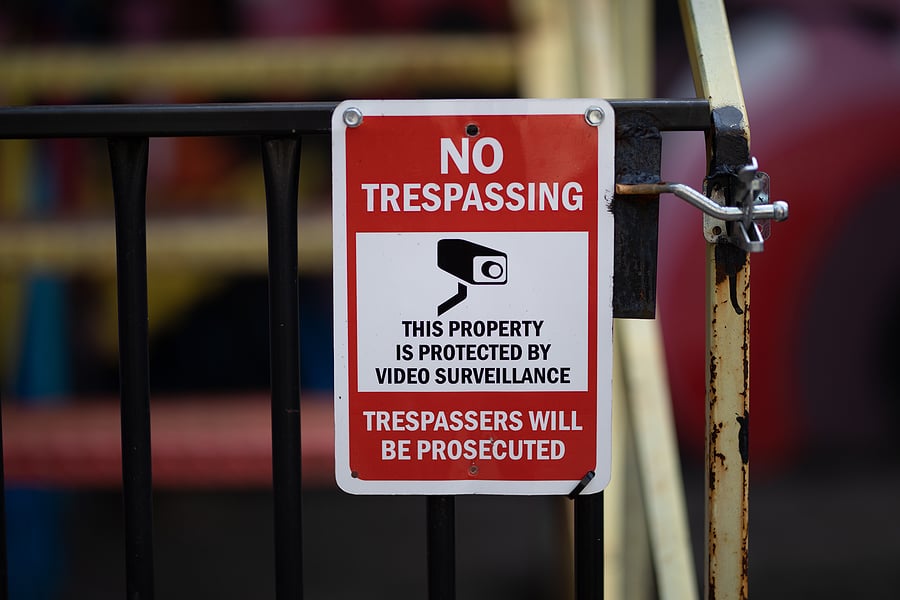Visitor Management Law: What legal duty of care do you owe to visitors
 Under the Health and Safety at Work, etc Act 1974 (HSWA) the person who is in occupation or has control of the premises owes a duty of care to all their visitors. Employers must ensure, as far as is reasonably practicable, that in the course of their activities, persons who are not their employees are not put at risk.
Under the Health and Safety at Work, etc Act 1974 (HSWA) the person who is in occupation or has control of the premises owes a duty of care to all their visitors. Employers must ensure, as far as is reasonably practicable, that in the course of their activities, persons who are not their employees are not put at risk.
Furthermore, the Management of Health and Safety at Work Regulations 1999 require an employer to “make a suitable and sufficient assessment of the risks to the health and safety of persons not in his employment arising out of their undertaking”. So the duty to carry out risk assessments extends to visitors as well as employees. A risk assessment should look at the potential risks for a visitor entering your premises and decide what precautions should be put in place, such as communicating on site safety information.
Include Visitors in your Safety Plans
Every employer has a legal responsibility to provide a workplace and equipment which is well maintained and safe. This duty extends to visitors who won’t be as familiar with your site layout and operations.
Visitors signing in to Visitor Management systems should be given information about any hazardous activities taking place in the premises and any safety rules and procedures they must comply with. Traffic routes should be clearly marked, well designed and maintained. Pedestrians and traffic should be segregated wherever possible and special attention paid to areas where reversing takes place. Steps should also be taken to prevent visitors accessing dangerous areas. This sort of information can be incorporated in the visitor booking in process.
Visitors should also be provided with information about emergency procedures. They should be informed about the fire procedure, the alarm system, the evacuation procedure and the assembly point. The visitor booking in process should provide an accurate emergency roll call, so visitors can be accounted for following a fire evacuation.
Contractors
Most businesses will need to bring contractors in from time to time for specialist work projects, repairs and installations. However, an employer cannot contract out their Health and & Safety responsibilities and simply “leave them to it”. Contractors will introduce more risk into the premises than a normal visitor because they may be accessing areas and equipment closed to visitors. Steps should be taken to ensure contractors can carry out their work safely by:
• Taking reasonable care in researching and selecting a contractor who has an appropriate level of skill and experience to perform the job brief.
• Checking that the contractor has carried out an adequate risk assessment taking into account the safety of the employer’s and the contractor’s employees or anyone else involved
• Communicating any safety information associated with the premises, operations and processes which may impact their activities whilst on site.
• Establish an appropriate liaison point between the contractor and employer, or any other contractors that are on site.
• Having arrangements in place for the management and supervision of the work of the contractors.
Operating a Permit to Work system is a useful way of managing contractors. A permit to work is a formal, documented safety control system implemented to help prevent accident or injury to personnel, prevent damage to plant/machinery and to prevent damage to a product or to a client site. This is usually required when the work has a foreseeable high risk e.g. Hot Works, Working at Height or Confined Spaces.

Unwanted Visitors
On a final note, under the Occupiers Liability Act 1984 the occupier’s duty of care actually extends to trespassers where the occupier is aware of the danger, knows or has reasonable grounds to believe that the other person will be near the danger and the occupier ought to reasonably think about providing some protection to the other person.
This responsibility may be discharged by taking such steps as are reasonable to give warning of the danger concerned or to discourage persons from incurring the risk, typically Danger Keep Out type signage.
The basic principles of visitor safety are to include visitors in your workplace safety plans, ensuring you account for their unfamiliarity with your site and its potential hazards.
About Lisa Robinson
Lisa - word smith to the gods.

